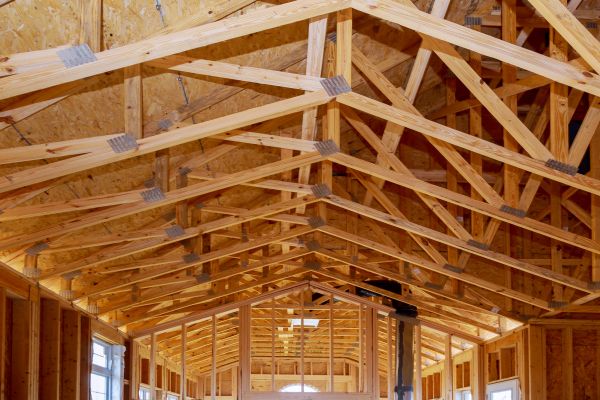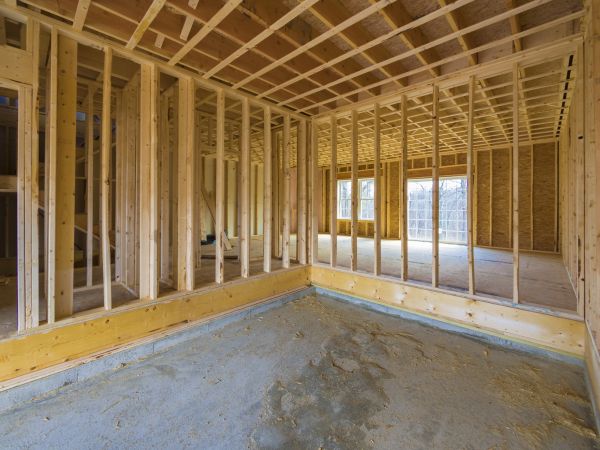Stud Wall Framing Service
Affordable Stud Wall Framing
Stud wall framing is a fundamental component of modern construction, providing the structural skeleton for interior and exterior walls. Comprising vertical studs, horizontal top and bottom plates, and often additional bracing, stud wall framing is integral to creating strong, stable walls that support a building's design and function. Its importance lies in its versatility and efficiency, allowing for easy installation of insulation, electrical wiring, and plumbing while providing a sturdy framework that can be customized to fit various architectural styles and needs.
Benefits of Stud Wall Framing
-
Versatility in Design
Stud wall framing offers remarkable flexibility in design, accommodating a wide range of architectural layouts. Whether constructing a residential home or a commercial building, the adaptability of stud walls allows for creative and functional use of space, enabling unique room configurations and efficient use of materials.
-
Structural Integrity
The design of stud wall framing ensures a robust and durable structure. The evenly spaced studs provide consistent support, distributing loads evenly across the wall. This structural integrity is crucial for maintaining the safety and longevity of a building, making it a reliable choice for construction projects.
-
Ease of Installation
One of the standout benefits of stud wall framing is its ease of installation. With standardized materials and straightforward assembly methods, construction teams can efficiently erect walls, reducing labor time and costs. This simplicity also allows for quicker modifications or repairs, enhancing the overall project timeline.
-
Energy Efficiency
Stud walls are ideal for incorporating insulation, contributing to a building's energy efficiency. By providing ample space for insulation materials, stud walls help maintain interior temperatures, reducing energy consumption and creating a more comfortable living or working environment.
FAQs About Stud Wall Framing
What materials are commonly used for stud wall framing?
Stud walls are typically made from wood or metal. Wooden studs are popular for residential construction due to their cost-effectiveness and ease of use, while metal studs are often used in commercial buildings for their strength and fire resistance.
How does stud wall framing contribute to a building's energy efficiency?
Stud wall framing allows for the installation of insulation between the studs, which can significantly improve a building's thermal performance. Properly insulated stud walls help maintain consistent indoor temperatures, reducing the need for heating and cooling.
Can stud walls be used for both load-bearing and non-load-bearing applications?
Yes, stud walls can be designed for both load-bearing and non-load-bearing applications. Load-bearing stud walls are engineered to support the weight of the structure above, while non-load-bearing walls are used to divide spaces without carrying additional weight.
What are the standard dimensions for stud wall framing?
The most common stud dimensions are 2x4 inches or 2x6 inches, with spacing typically set at 16 or 24 inches on center. These dimensions provide a balance between strength and material efficiency.
Fill out the contact form today to request professional Stud Wall Framing services. Enjoy the benefits of a versatile, structurally sound, and energy-efficient solution tailored to your construction needs.




